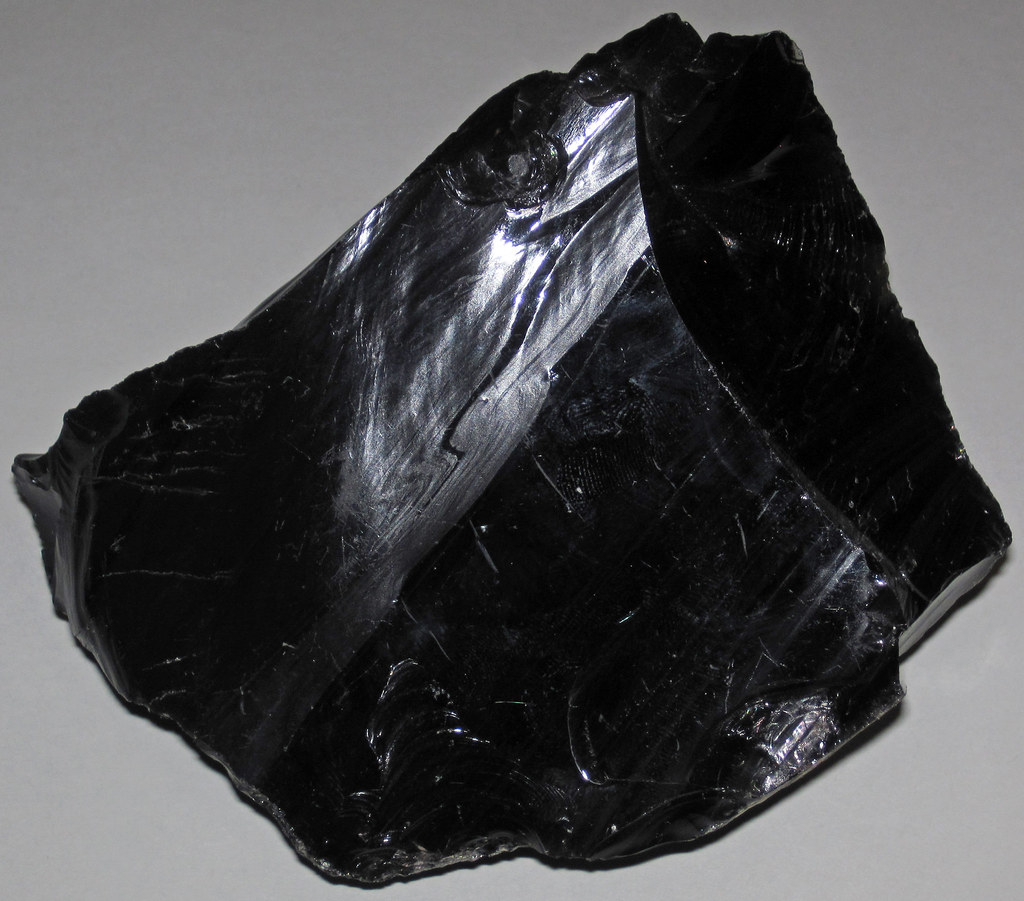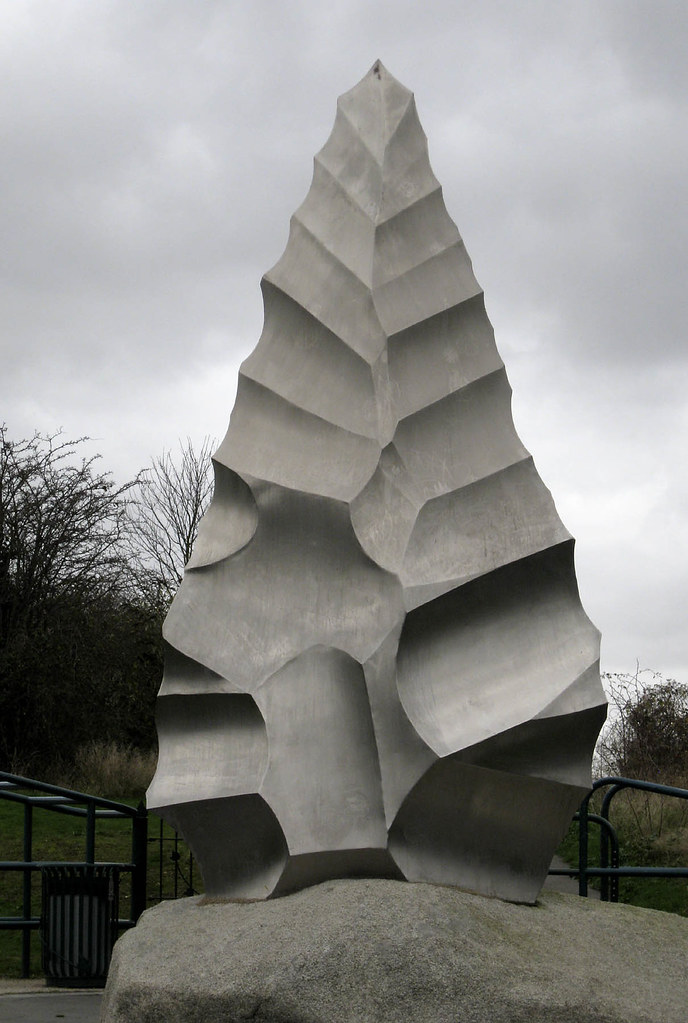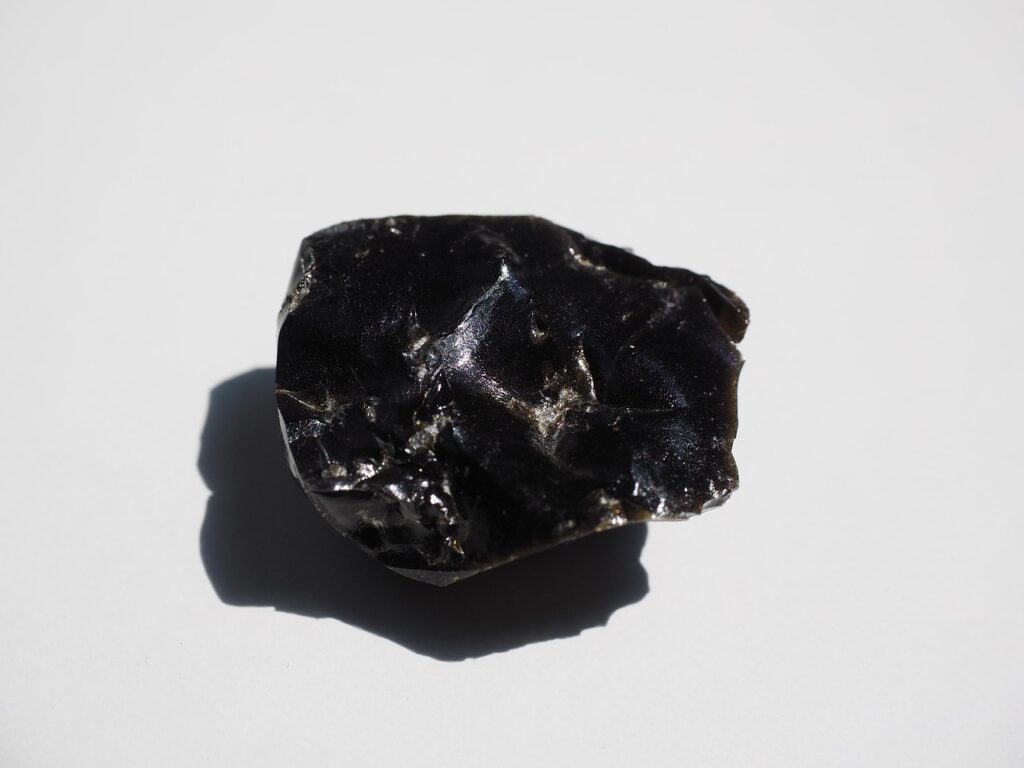
In a remarkable leap forward for paleoanthropology, scientists have unearthed a treasure trove of ancient artifacts in the sun-drenched landscapes of Ethiopia, revealing a chapter of human history far more intricate and ingenious than previously imagined. This groundbreaking discovery, situated in the upper Awash River valley, challenges long-held assumptions about the capabilities and cognitive sophistication of our early hominin relatives, pushing back the timeline for organized stone tool production by hundreds of thousands of years. It’s a find that reverberates through the scientific community, offering fresh perspectives on the very origins of human ingenuity.
At the heart of this revelation lies a 1.2-million-year-old “stone-tool workshop,” a site where ancient human relatives meticulously crafted sharp hand axes from volcanic glass, known as obsidian. This isn’t merely a collection of scattered tools; it’s evidence of a methodical, repeated process of artifact creation, indicating a level of skill and planning that demands a re-evaluation of hominin behaviors during the Early Stone Age. Such insights provide an invaluable window into the evolving mind of our ancestral family, illuminating their capacity to adapt, innovate, and thrive in their environment.
The strategic selection and masterful exploitation of obsidian, a material both extraordinarily sharp and notoriously difficult to work with, stands as a testament to the advanced cognitive faculties of these ancient toolmakers. As we delve into the specifics of this Ethiopian marvel, we uncover not just tools, but the story of a sophisticated past, suggesting that our ancestors were far from passive reactors to their surroundings, but rather active, clever architects of their survival and technological advancement.
1. **The Groundbreaking Discovery at Melka Kunture**
Archaeologists have recently unveiled what is now considered the oldest known hominin workshop on record, a monumental find nestled within the cluster of sites known as Melka Kunture. Located along the upper Awash River valley of Ethiopia, this discovery centered on Simbiro III, one of the Melka Kunture sites, where an international team uncovered nearly 600 obsidian stone tools. This vast collection, astonishingly uniform in material, forms the bedrock of the new study, providing irrefutable evidence of a dedicated manufacturing site.
The sheer volume of artifacts, specifically 575 artifacts made of obsidian, from a layer of sand dubbed Level C, has allowed researchers to draw definitive conclusions about its purpose. Fossil and geological data firmly place the age of Level C at more than 1.2 million years old, making this an unprecedented glimpse into the distant past. Study first author Margherita Mussi, an archaeologist at the Sapienza University of Rome, expressed the profound significance of the find, stating it is “very new in human evolution,” underscoring its transformative impact on our understanding of early human development.
This discovery is not just about the age of the tools, but about the context of their creation. The site at Simbiro III, with its concentrated deposit of expertly crafted obsidian artifacts, paints a vivid picture of sustained activity, a place where the repetitive act of tool-making was a routine and focused endeavor. It suggests a structured approach to resource exploitation and production, a hallmark of increasingly complex societies, long before such organization was previously assumed to exist.
2. **Pushing Back the Timeline of Tool-Making Workshops**
One of the most profound implications of the Melka Kunture discovery is its radical recalibration of the timeline for stone tool workshops. Prior to this finding, the earliest recognized sites exhibiting methodical and repeated crafting of stone artifacts, often referred to as workshops, dated to roughly 500,000 years ago in France and England. Other research has pointed to knapping workshops in Europe from around 750,000 years ago. The Ethiopian site now dramatically pushes this record back by an astonishing more than a half-million years.
The concept of a “workshop” itself is a key indicator of cognitive advancement among hominins. It implies a degree of planning, a separation of focused activities across different localities, rather than uniformly conducting all daily tasks at one spot. This level of organized behavior was previously believed to characterize later hominins, emerging only around 500,000 years ago. The Melka Kunture find shatters this record, proving that such sophisticated planning was a feature of hominin life more than twice as long ago.
The implications extend beyond mere chronology. This earlier emergence of workshops suggests that the capacity for forward planning, specialized labor, and the development of mastered skills were present in early hominin species far earlier than current models account for. It forces a re-evaluation of the evolutionary pressures and cognitive developments that fostered these behaviors, suggesting a more rapid or earlier trajectory of intellectual growth within our ancestral line than previously acknowledged.
3. **Obsidian: The Capricious Yet Prized Material**
The choice of material for these 1.2-million-year-old tools is as significant as their age. Obsidian, a naturally occurring volcanic glass, proved to be the material of choice for almost all the artifacts found at Simbiro III, with 575 out of 578 hand axes made from it. Obsidian is formed when molten lava cools rapidly, creating a dark, often black, brittle glass renowned for its extraordinarily sharp cutting edges, making it uniquely valuable among natural materials for flaking tools.
However, obsidian’s incredible sharpness comes with a significant drawback: its inherent fragility. This volcanic glass is notoriously difficult to craft without it smashing, requiring immense skill and precision to shape effectively. As such, obsidian generally only found extensive, widespread use in stone tool manufacture beginning from the Middle Stone Age, which spanned from about 300,000 to 50,000 years ago, when hominins had developed more refined crafting techniques.
That hominins at Melka Kunture were not only using obsidian, but doing so extensively and with mastery more than 1.2 million years ago, speaks volumes about their capabilities. It demonstrates an advanced understanding of material properties and a high degree of technical expertise. John Hawks, a paleoanthropologist at the University of Wisconsin–Madison, noted that the idea of ancient hominins valuing and specially using obsidian “makes a lot of sense,” recognizing its unique properties and “special in appearance” quality. This early, focused exploitation of such a challenging material truly sets the Melka Kunture site apart.

4. **The Ancient Landscape of the Awash River Valley**
The setting of this remarkable discovery, the Awash River valley in Ethiopia, holds its own profound significance in the annals of human evolution. This region has long been a hotbed of archaeological and paleontological finds, yielding some of the best-known examples of early hominin fossils, including the famous ancient relative of humanity dubbed “Lucy.” The valley’s rich geological history and its consistent revelation of critical insights into our past make it an enduring focal point for scientists.
Specifically, the artifacts at Simbiro III were found within a layer of sand designated Level C. Intriguingly, geological data indicate that Level C experienced seasonal flooding. During these periods, a meandering river likely played a crucial role, depositing considerable quantities of obsidian cobbles directly at the site. This natural phenomenon provided a readily available, though still challenging, raw material for the hominins inhabiting the area.
The near-exclusive reliance on obsidian at Level C, coupled with its scarcity in layers before and after this period, as well as in other Melka Kunture sites, suggests a unique confluence of environmental opportunity and hominin innovation. The river’s periodic deposition created a localized abundance of this prized material, which ancient hominins were quick to recognize and exploit. This environmental dynamic highlights the interplay between geological processes and the development of early human technologies, showcasing how hominins adapted to and utilized their specific surroundings.

5. **The Art of Crafting 1.2-Million-Year-Old Hand Axes**
The artifacts themselves offer a detailed glimpse into the technical prowess of these ancient artisans. The Melka Kunture site yielded nearly 600 hand axes, prehistoric stone tools characterized by their two sharp faces and teardrop shape. These tools averaged about 4.5 inches (11.5 centimeters) in length and weighed approximately 0.7 pounds (0.3 kilograms), a size suitable for a variety of tasks crucial for survival in the Pleistocene era.
Ancient humans and other hominins would have utilized these versatile hand axes for essential activities such as chopping, scraping, butchering caught game, processing animal hides, and digging. The researchers noted a “remarkable” level of “standardization” in the hand axes, indicating a mastery of the manufacturing technique. This was not haphazard chipping; it was a deliberate and focused activity, showcasing the repetitive use of fully mastered skills.
The crafting process itself was sophisticated. The knappers would have used a hard, pointed tool, likely a hammerstone, to strike the brittle obsidian at a controlled angle, causing pieces to flake off in a desired shape. Subsequent strikes, applied in a specific pattern, allowed for the refinement of the tool, removing small flakes to achieve a standardized form and a sharp, regular edge. This focus on the “final regularization of the artifacts” demonstrates a clear intention and a developed understanding of form and function among these ancient toolmakers.

6. **Challenging Conventional Wisdom: Hominin Ingenuity**
This discovery compels us to reconsider long-held perceptions of early hominin life. Often, ancient hominins are portrayed as simply “barely surviving, struggling with a hostile and changing environment.” This narrative paints a picture of beings constantly reacting to external pressures, with limited capacity for proactive thought or complex problem-solving. However, the evidence from Melka Kunture fundamentally challenges this view, presenting a compelling argument for a much higher degree of intelligence and adaptability.
Margherita Mussi, reflecting on the findings, asserted, “Here we prove instead that they were clever individuals, who did not miss the opportunity of testing any resource they discovered.” This statement encapsulates the paradigm shift brought about by the workshop. It suggests hominins were not merely subjects of their environment but active agents, possessing the cognitive flexibility to recognize, evaluate, and exploit novel resources and opportunities as they arose.
The study further elaborated that these hominins were “doing much more than simply reacting to environmental changes; they were taking advantage of new opportunities, and developing new techniques and new skills according to them.” This proactive approach, marked by a focused activity and the repetitive use of fully mastered skills, points to an advanced capacity for learning, innovation, and strategic thinking. It demonstrates an early form of adaptive intelligence that was far more sophisticated than previously attributed to this period, underscoring a genuine enthusiasm for their resourceful capabilities.






:max_bytes(150000):strip_icc()/Doutzen-Kroes-victorias-secret-fashion-show-07861790b07947c1a8e39f507aa464ef.jpg)